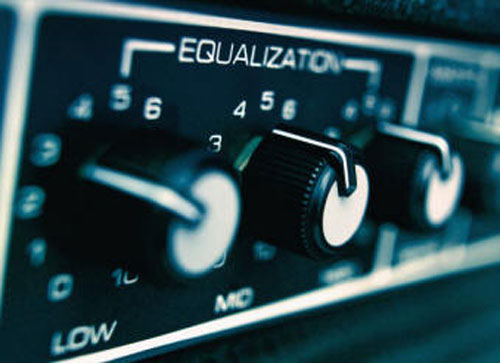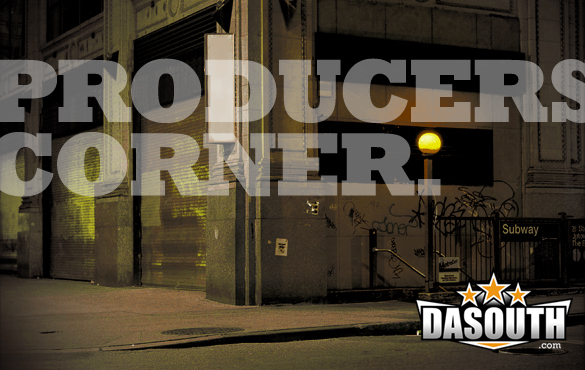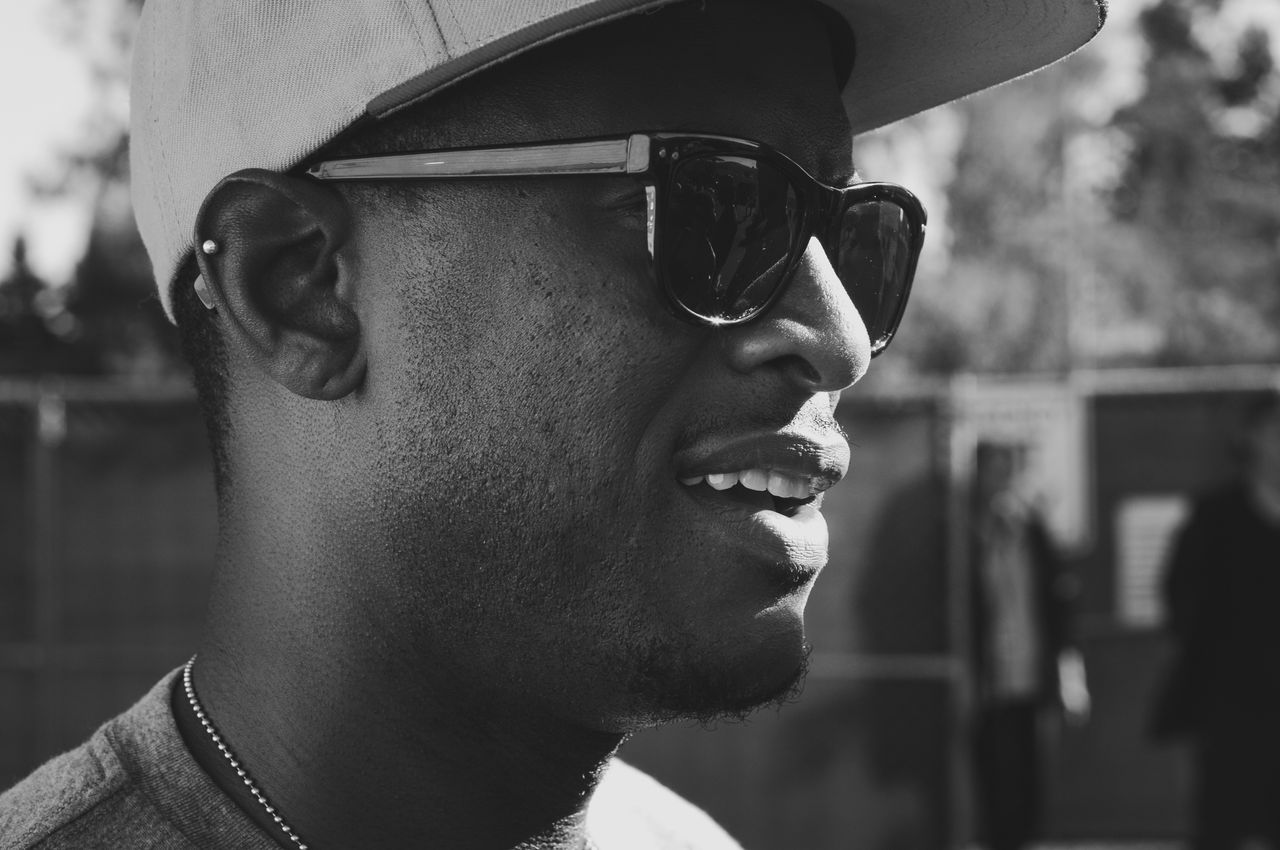Lesson 2: EQing Drums and Percussing Instruments
Now that we have covered some of the basics of what signal processing is, I would like to dive head first into specific techniques you can use to get your instrumentals banging. One of the most important elements to get correct in our genre of music is the drums. Getting the drums hitting is a crucial part of what we do as producers. Lets face it, we have to make fans feel justified for spending $1000 on a sub to put some “bump” in their truck while they ride down the block trying to impress bystanders. What we will be discussing today is different EQ techniques to use over drums. Lets get it!
So, lets start first with what type of EQ to use. As always, there aren’t any hard and fast rules to this, but I typically like to use an SSL emulation plugin to mix percussive instruments. I personally prefer the Uad-2 version over the Waves SSL, but that’s preference. Why? The EQ points on the SSL console seem to be really well suited for drums and the “Q” seems to make drums “poke out” in the mix without sounding unnatural. It also can be an extremely aggressive EQ. Also, I love using a “Pultec” emulation of some sort on the drum buss, a group or an Aux track that all of your drum tracks are routed to (think of it as a Master fader, but ONLY for the drums), to give it more bottom and top end.
On kicks, I like to boost between 40 Hz – 70 Hz for boom or “weight” depending on the sample and the song. Typically cutting somewhere around 150 Hz – 300 Hz, usually in this region this is where the “Mud” lives, so we want to get rid of that to make room for other instruments. Keep in mind that often that’s where the “Knock” of the drum can live so you do not want to remove too much or you will end up with a fat and tubby kick drum, unless that’s what you’re looking for. For “smack and presence,” I like to boost between 2K – 7K. If you’re looking for “Air” on drums, I like to boost between 12K and above. Keep in mind, this is a VERY general rule of thumb. It all depends on what the song calls for, and more importantly, what YOU want the drums to sound like.





